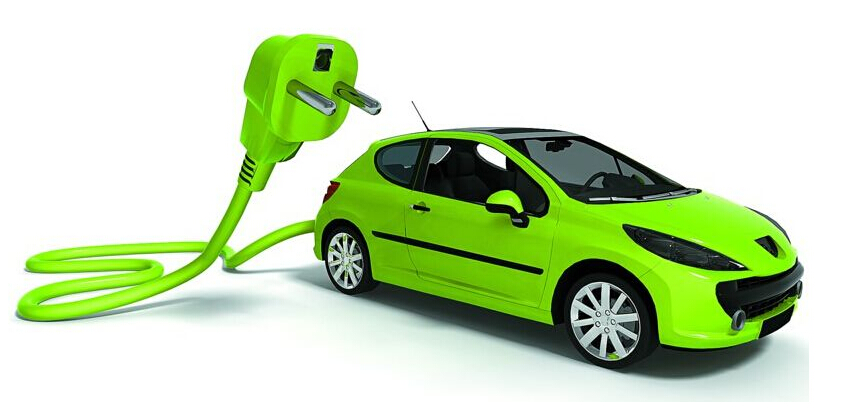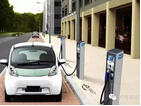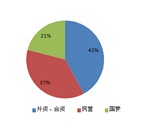New energy vehicles to replace the traditional fuel-car development trend, but whether the rechargeable battery car or fuel cell vehicles more market prospects? Which is more competitive in terms of infrastructure investment? There is no conclusion yet. The report shows that the cost of both technology infrastructures depends largely on the number of vehicles that need to be powered. Calculating for millions of vehicles, the cost of infrastructure for hydrogen fuel cell vehicles is relatively cheaper.
At present, most experts tend to charge the battery for the simple reason that because the power grid is readily available, only a certain number of charging stations need to be built, and the efficiency is high and the charging process also makes people feel more reliable. However, most of the infrastructure for hydrogen fuel cells must be built from scratch. Hydrogen production from excess wind energy through electrolysis of water also requires a more complex installation, including a series of processes such as storage, transportation and redistribution of hydrogen fuel to a hydrogen refueling station.

Experts analyzed the scenarios for both technologies and found that the ROI depends on how many rechargeable batteries or fuel cell vehicles are on the road. If the number of vehicles is only a few hundred thousand, the cost of infrastructure investment for a rechargeable battery car is clearly lower than for a fuel cell, and the ROI is high. When the vehicle reaches millions, the investment cost of a hydrogen fuel cell vehicle is higher than that of a rechargeable battery Low, higher return on investment. Take 20 million electric vehicles as an example, 51 billion euros for rechargeable batteries and 40 billion euros for hydrogen fuel cell vehicles. The 10 million vehicles are a balance between the investment costs of the two technology infrastructures.
Environmental benefits are also related to the number of new energy vehicles traveling on the road. Due to the different ways of energy conversion, the carbon emissions of the two technologies are also different. Take 20 million cars as an example. The average discharge per liter for rechargeable batteries is 20.9 grams, compared to 2.7 grams for fuel cell vehicles.
















 RCCN WeChat QrCode
RCCN WeChat QrCode Mobile WebSite
Mobile WebSite







